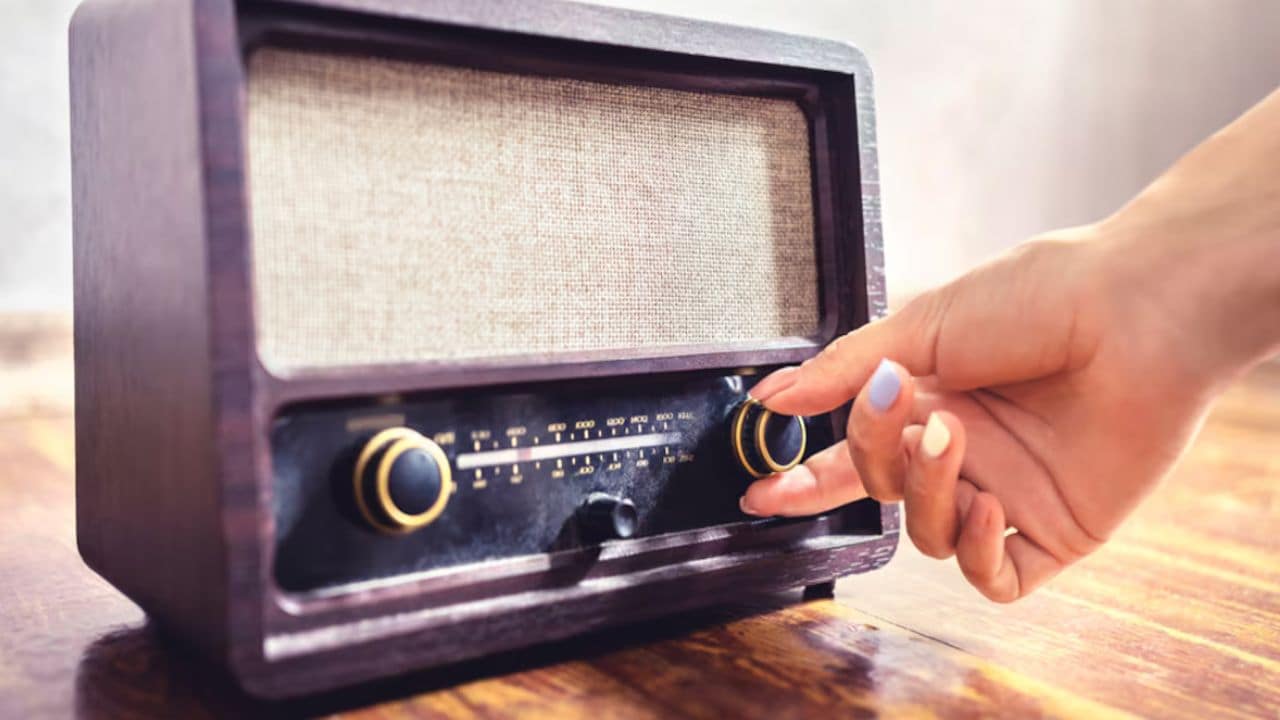India is likely to witness the rollout of digital radio (for the FM band) in 2025. Marking a significant step towards modernising the radio industry and optimising spectrum efficiency, the Ministry of Information and Broadcasting (MIB) has announced plans to roll out digital FM radio broadcasting in 13 major cities nationwide, over the next few months.
With proper implementation, digital broadcasting enables radio stations to reach deeper into local markets with compelling new content, expanded audio and data services, and multimedia formats.
While the government initiative aims to enhance broadcast quality and support the growth of the radio industry, the announcement adds to the worry of already-troubled radio players.
Sunil Kumaran, chief operating officer, Big FM tells Storyboard18 that India’s radio industry faces major hurdles in going digital, including high costs, limited access to digital radios, regulatory uncertainty, and competition from streaming platforms.
Read more: Radio sector demands de-linking NOTEF, GST revision, and mandate for ‘radio on mobile’
Founder and former MD 94.3 of Radio One, Vineet Singh Hukmani explains that the primary issue is the ‘distribution of digital radio receivers’ which will limit the reach so existing FM players will not really be enthused.
“Consumers don’t really need to buy a digital radio receiver for their cars or homes. Car manufacturers will not be interested in providing this device; mobile via Bluetooth now controls this whole segment very efficiently.”
He adds that the government should allow internet/ online broadcast so that all mobiles can receive it rather than this ‘digital receiver-led’ system
“There is literally no market for this and considering FM radio segment is still negative on return on capital invested – they will not invest in digital radio,” he remarks.
“Since we have a single source of revenue (ad-based revenue), which globally has not proven to be particularly lucrative, we need to carefully consider the cost implications,” Preeti Nihalani, Chief Operating Officer of Radio Mirchi, reportedly shared at a conference organised by the India Cellular and Electronics Association (ICEA) in collaboration with the Association of Radio Operators for India (AROI).
She also highlighted how an additional licensing fee for digital radio will burden the industry.
Radio players have infact urged the government to consider offering subsidies and incentives for these capital expenditures.
In September, the Telecom Regulatory Authority of India (TRAI) released a consultation paper to help formulate a policy for private digital radio broadcasters in the country, gathering inputs from stakeholders, including broadcasters, equipment manufacturers and digital receiver producers.
Later in December, announcing the digital radio rollout, MIB Secretary Sanjay Jaju shared that India stood at the threshold of a “new era brimming with possibilities and opportunities in broadcasting”.
Read more: Radio players’ conservative bid in third batch of phase-III FM e-auctions
“Light touch regulations will enable innovative content creation and deeper listener engagement, empowering India’s creators. Radio derives its strength from localised content choice embracing diverse community interests and cultural preferences,” he said.
Although the Minister did not mention a particular digital standard (DRM or HD) to be implemented.
Is DRM the solution?
In one of its recent submissions to the TRAI, the AROI advocated a unified digital technology for FM broadcasting, citing cost efficiency.
It was suggested that a single digital radio technology should be adopted for India’s digital radio rollout, recommending Digital Radio Mondiale (DRM) and HD Radio as options.
The HD Radio system (for AM/FM) is said to be the most commercially successful digital FM system in the world, operating across North America, Mexico and other countries since 2002. Over 2,700 radio stations provide 4,700 digital audio programmes to active listeners.
Kumaran explains that a unified digital standard, like DRM, could address issues by reducing costs, ensuring nationwide consistency, and speeding up the rollout.
Read more: Radio players increase ad inventory instead of pushing for rate hike to stay afloat
“This approach would make digital radio more affordable, improve sound quality, expand coverage, and support new services, creating a smoother transition and better access for listeners across India,” he says.
DRM is a set of digital audio broadcasting technologies designed to work over the bands currently used for analogue radio broadcasting including AM broadcasting—particularly shortwave—and FM broadcasting. According to DRM Consortium, over 6 million new cars fitted with DRM receivers are on the roads in India by now.
Stakeholders have also requested support for existing broadcasters transitioning to digital, with the AROI seeking the right for those with 800 MHz frequency allocations to retain these for digital use, as per reports.
Further, industry bodies have called for permission for both analogue and digital broadcasters to air news and current affairs.
Read more: EXCLUSIVE: News bulletins on private FM radio delayed; conflict over content regulation
However, the Ministry seems to have kept the plan, to broadcast news and current affairs on radio, on the back burner for a while. Storyboard18 has learned that the decision has now been delayed as the sector continues to face other pressing challenges and demands.
In a nutshell, the radio industry is plagued with various issues- from low ad rates to high licensing fees, finding no takers in the third batch auction (of Phase III), de-linking of NOTEF, GST revision, challenges from digital streaming platforms, and to high infrastructure/operational costs- and digital radio rollout seems to be resolving none.
